It's that time of year again. With snow on the horizon, motorists across Canada will have to decide whether to invest in a set of winter tires, or stick with their summer tires and hope for the best.
There are plenty of good reasons to make the switch before the big freeze. The treads and soft rubber used to produce winter tires make vehicles easier to handle in icy conditions (below 7 degrees centigrade), maximizing traction and keeping stopping distances to a minimum. So they reduce the risk of costly accidents, help you get around and generally allow you to get the most from your vehicle.
When it comes to winter tires, Canadian drivers are starting to switch in huge numbers. According to the Tire and Rubber Association of Canada, usage rates leapt from 35 to 65 percent from 1998 to 2014. So it could be a good time to exchange your rock-hard summer tires for something more suitable for wintry weather.
Guidelines and Regulations

One thing to bear in mind when choosing winter tires is that regulations vary slightly across Canada's provinces. However, it's also important to note that every single province recommends using winter tires as a precaution when the weather demands it.
Understanding Provincial Regulations
Unlike all other provinces, winter tires are absolutely mandatory in Quebec between December 15 and March 15. If you contravene winter tire legislation, you could be hit with a fine of $200 to $300.
In British Columbia, only some highways are covered, but where these regulations do apply, vehicles need to be fitted with winter tires between October 1 and March 31. An updated list of impacted roads can be found here.
By contrast, Ontario does not currently require motorists to use winter tires, preferring to improve signage and provide in-depth weather updates. Changing tires for winter is also recommended in Saskatchewan, Nova Scotia, New Brunswick, Prince Edward Island, Newfoundland, Alberta, Yukon and Manitoba (but not required by law).
When to Add or Remove Winter Tires
If you do intend to make the change from summer or all-weather to specialist winter tires, there are some generally accepted guidelines for when and how to do so.
Generally speaking, all-weather and summer tires will lose their traction significantly when temperatures dip below 7 degrees centigrade. That usually occurs well before substantial snowfalls arrive or ice patches develop, but don't be fooled. The difference in handling and braking is noticeable below the 7-degrees threshold. And in any case, switching early will leave you ready for bad weather as soon as it hits.
It's always advisable to fit sets of four winter tires, so don't be tempted to opt for just the front or back two tires. In fact, doing so is extremely dangerous, leading to false confidence in your car's traction or instances of understeering due to poor front grip.
Are Winter Tires Worth It?

Quebec has made winter tires compulsory, and credit the measure for reducing winter road deaths by 36 percent. But even so, there continues to be a debate among Canadian drivers regarding the merits of winter tire usage.
However, there are plenty of sound reasons to buy a set of winter tires. For one thing, studies have shown that specialist winter tires can improve grip even when roads aren't covered in snow. It just takes temperatures to fall below 7 degrees for standard tires to start to stiffen up and lose their grip.
Secondly, winter tires can reduce braking distances by as much as 35 percent in icy conditions, drastically lowering the risk of collisions. If you've ever rear-ended another vehicle or had it happen to you, you'll know the inconvenience and cost accidents can cause (not to mention the trauma of more serious incidents.)
Thirdly, winter tires might not be as expensive as you think. That's because insurance companies are increasingly offering bonuses to customers who switch to winter treads.
Finally, switching to winter tires can have benefits for your summer tires as well. Driving on summer treads in winter is a sure fire way to degrade them quickly. Switching tires can extend their lifespan by a matter of years.
Finding the Best Winter Tires for 2018

As we've seen, there are a number of reasons to switch to winter tires, but with each tire costing in the region of $100, it's always useful to find the best possible deals. With a choice of reliable budget tires and high-end options, you should be able to find the ones you need for a reasonable price.
When selecting your tires, look out for the three-peak mountain snowflake symbol, which is essentially a seal of approval in the automotive sector. This also indicates that the tires have been thoroughly tested in extreme conditions, so they should deliver exactly what the manufacturers claim.
Generally speaking, good winter tires tend to feature as much surface area as possible. Specially designed grooves, sipes, ribs and lugs on these tires ensure that as much snow as possible is routed into them, maximizing the amount of the tire that actually contacts the road at any one time. And that's the key to good handling in icy conditions. With those things in mind, here are a couple of standout tires from 2018's selection.
Great Budget Winter Tires
General Tire Altimax Arctic - Altimax has come up with a set of winter tires which score highly on both cost and performance. The sipes on Arctic tires are built to resist deformation, while featuring a multi-directional tread design which maximizes grip. There are snow traction ridges to provide precise cornering, even in relatively deep snow, while the pin holes allow for studding if even more grip is needed. All of this comes at an extremely attractive price point, and Altimax offer Arctic tires of almost any size - so all vehicles should be catered for.
Recommended High-End Winter Tires
Nokian WR D4 Tires - Coming from reliable brand Kal Tires, Nokian's WR D4 tires are our pick for the finest premium winter tires of 2018. The main attraction here is the intricate tread arrangement and interior structure of the WR D4 tire. This isn't just for show. It provides an extremely effective wicking mechanism, dispersing water away from the surface of the tires and helping to optimize traction at all times. They also feature Nokian's trademark Twin Trac Silica compound, which mixes rubber, silica and rapeseed oil, resulting in excellent performance and durability.
The Best Places to Buy Winter Tires
If you've selected the best winter tires for your vehicle and local conditions, the next step is sourcing those tires at the lowest possible price. The best idea here is to shop around online, not to head straight for a local dealership. At least not yet.
There are a number of online discount tire retailers in Canada, and it's advisable to check them all out before finalizing your purchase. Canadian Tire has a constantly changing sales section which is handy to bookmark. 4Tires also offer plenty of choice at good prices, as well as big savings on home deliveries, which could be useful if you are stuck in a rural location. But there are many other sellers, including PMCTire and Canada Wheels.
Another option is to time your purchase to coincide with Black Friday (November 23). When the retail event rolls around, you can find Costco winter tires and deals from big retailers like Walmart. Prices are usually heavily discounted in the run-up to Christmas, and it's often around the same time that snow and ice become a major hazard.
If you miss out on Black Friday, the Boxing Day sales are often a good time to buy automotive products, including winter tires. Major retailers like 4Tires or PMC almost always schedule tire sales just after Christmas, which is a major driving season.
Whenever you need to buy winter tires, Canada is full of places to shop. So don't feel too concerned if you reach November or December without a fresh set of tires to handle this year's weather. You can still manage your winter driving without spending too much money with seasonal sales and shopping at the right retailers.
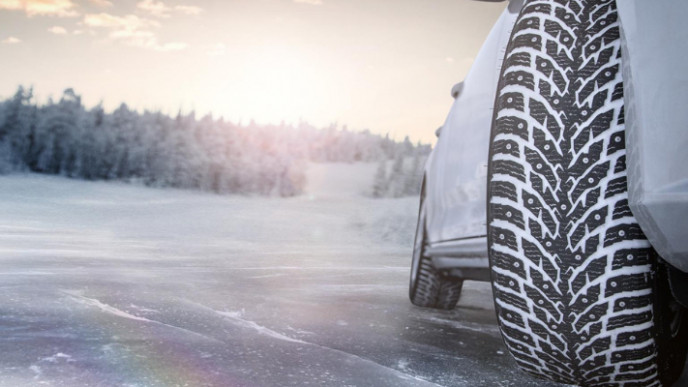



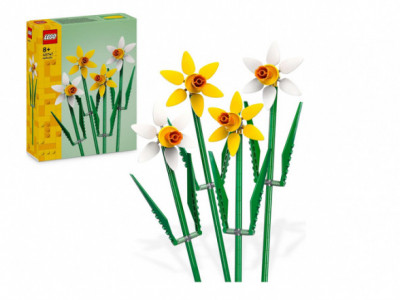
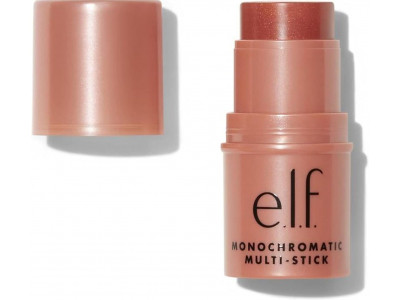








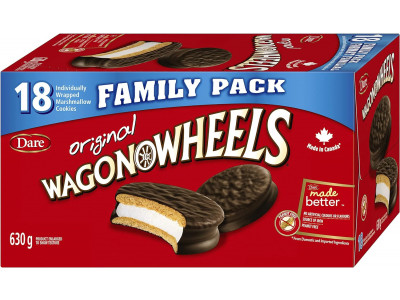
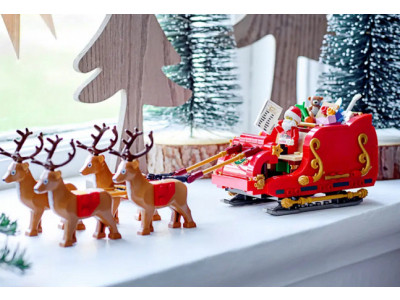

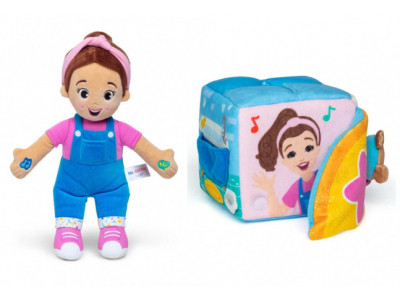
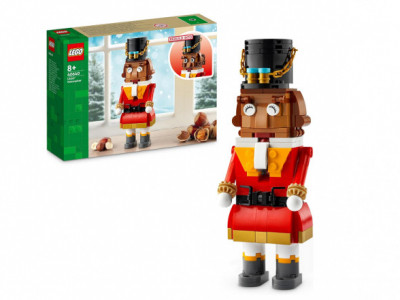
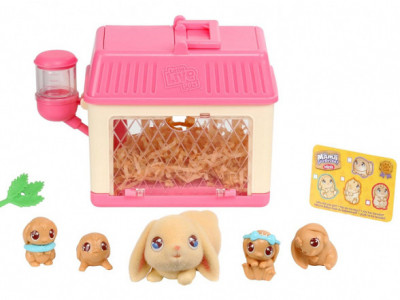

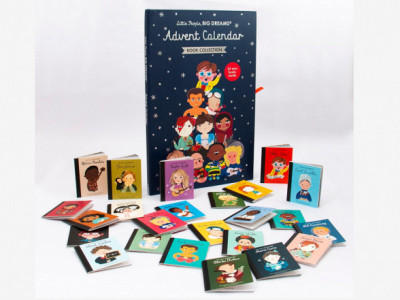
Comments